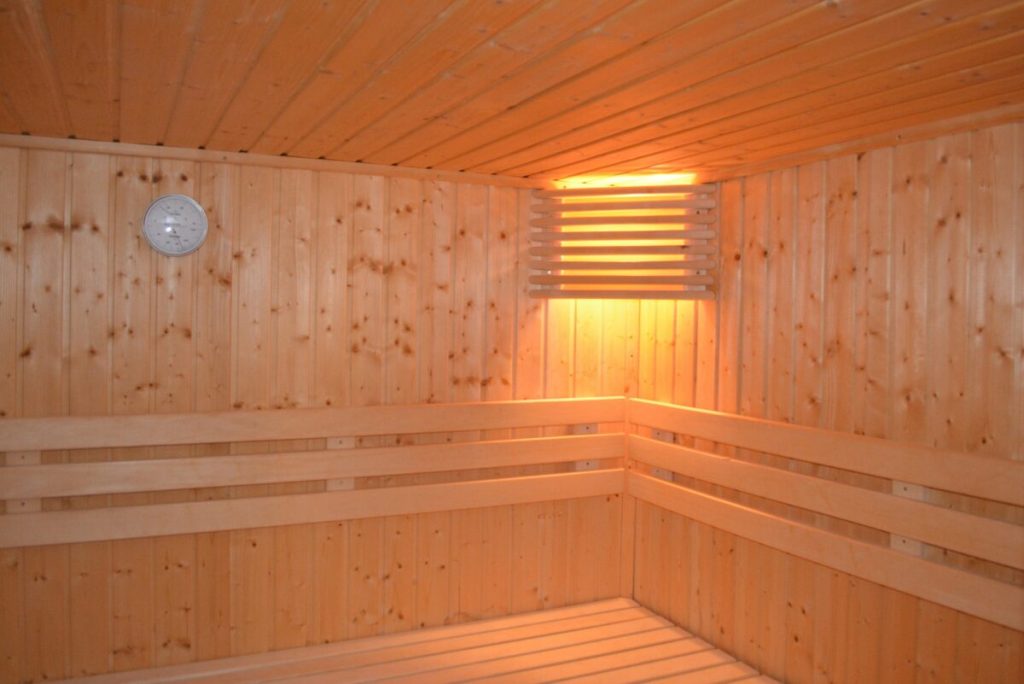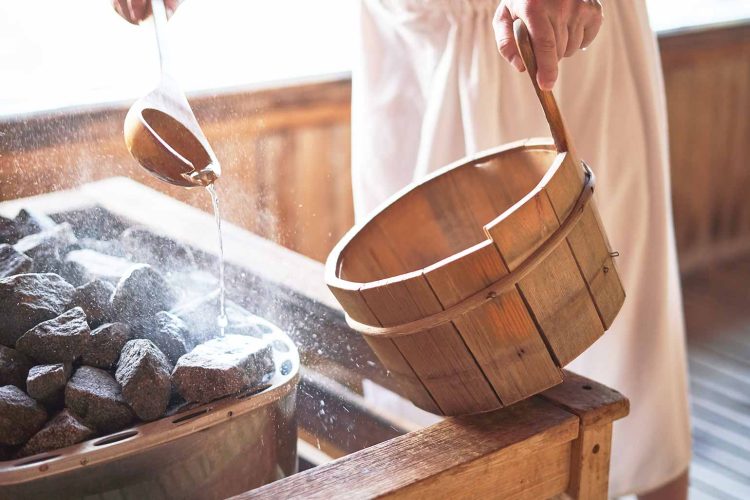Introduction to Sauna Culture
The sauna, also known as a Finnish bath, is a therapeutic practice where steam is utilized within a confined space to promote wellness. With a history spanning thousands of years, saunas have long been recognized for their health benefits. Modern industry players are evolving strategies to attract a diverse audience. According to the Japan Sauna and Cold Bath Research Institute, sauna enthusiasts totaled approximately 17.79 million last year, growing by roughly one million each year over the past three years.
Reimagining the Sauna Experience
Traditionally, the sauna was often associated with middle-aged men in Japan. However, as the myriad benefits of sauna therapy have become more widely recognized, it is rapidly gaining popularity across all ages and genders. A key factor influencing this shift is the increasing presence of female celebrities like Kiko Mizuhara, who openly express their fondness for saunas, amplifying their appeal.
Moreover, there is a burgeoning fascination among Japanese youth for what is termed “closed culture,” which encompasses experiences found in bars, public baths, and saunas. In these intimate settings, individuals can meet like-minded people, engaging in enjoyable and spontaneous conversations.
In today’s digital age, where daily life is saturated with online interactions, the sauna offers a physical disconnection from the pressures of modern life, enabling individuals to embrace the rare opportunity to “steal away a moment of leisure.”
The Birth of “Sando”
The term “Sando” emerged in Japan in 2009 through an article penned by Katsumi Tanaka. It gained further traction in 2011 with the release of a manga of the same name, and evolved into “Sando: Healing the Mind and Body” in 2016, popularizing the concept of “seiri” or “reconditioning.” This term embodies the state of relaxation and balance achieved through sauna therapy; an increasing number of people are pursuing this gratifying experience, further enhancing the popularity of saunas. In 2018, the “Sauna Enthusiasts” website was launched, serving as a comprehensive resource for all sauna-related information. The same year, Japan adopted a Michelin-style guide named “Saunichin,” which highlights the best sauna facilities annually.
The Sauna Renaissance
The resurgence of sauna culture began four to five years ago, spurred by the continued popularity of Tanaka’s manga, which was ultimately adapted for television. This series heightened public awareness of sauna therapy and sparked a new fascination. Unlike typical dramas, “Sando” included information about sauna facilities and educational content regarding sauna temperatures, humidity levels, and safety tips, catering to seasoned sauna aficionados while attracting a new following. Thanks to the show’s success, the concept of “seiri” proposed in the manga gained widespread acceptance, even making it onto the shortlist for the year’s trending words in 2022. Nowadays, many retailers have dedicated “sauna supply” sections, offering an array of products like sauna hats, towels, and specialty guides to meet the needs of enthusiasts.

Detox and Relaxation
Is sauna therapy truly beneficial for health? According to Yasutaka Kato, a prominent figure in the Japan Sauna Association and the author of “The Ultimate Guide to Saunas,” the answer is a resounding yes. He posits that sauna therapy enhances vascular health, improves heart function, and enhances sleep quality. Kato defines “seiri” as a state of mental clarity and physical relaxation, a seemingly elusive realm attainable through sauna practice. The act of alternating between hot and cold stimuli promotes profound relaxation. It is noted that during high temperatures, brain activity slows, effectively granting the mind a sense of respite; sauna therapy also accelerates heart rates, propelling the body to expel harmful toxins efficiently. Kato highlights that sauna users experience deep sleep lasting approximately 28% longer than those who do not indulge in sauna therapy.
Infinite Possibilities of “Seiri”
Under the umbrella of “seiri,” Japanese sauna enthusiasts have innovated various sauna experiences. There is a growing dissatisfaction with traditional sauna rooms, leading to inventive options such as “tent saunas,” set up beside rivers where participants can immerse in cold water for temperature regulation. The “Aufguss sauna” experience, where water is poured onto hot stones to create steam, is gaining popularity, with intensive training courses across various regions. Yokohama even hosted the “Aufguss Japan Championship,” celebrating this practice.
In Kamakura, a sauna facility introduced an aromatic experience by combining the benefits of tea with sauna therapy under the concept “SAUNA+TEA.” Patrons can choose fragrant teas within the sauna room, rehydrate with various hot teas post-session, or enjoy tea rice to replenish salt levels in their bodies.
Every year on November 11th, sauna enthusiasts celebrate “Seiri Day.” On this day, the Saunichin evaluates 11 facilities, rigorously assessing them based on factors including cold water baths, outdoor rest areas, service quality, cleanliness, entertainment value, and innovation.
Celebrated Saunas of 2024
This year’s top three saunas are all located in Tokyo. SteaMs., ranked third, is a new vapor sauna designed specifically for women, incorporating elements of steam, femininity, and herbology. Users benefit from high thermal conductivity through steam, enhancing body temperature and promoting deep sweating—achieving beauty and balance from within.
The second place was taken by Sauna Tokyo, which opened last year and has maintained strong performance. Featuring five themed sauna rooms, the “Steam Dance” room integrates a DMX system to automate sound, lighting, and water pouring, transforming the sauna experience into a dynamic environment.
Securing the top position this year is TOTOPA, situated in Meiji Park, surrounded by greenery, providing a tranquil oasis amidst the urban landscape.
A special award was given to “Genki Oven No.6,” a unique immersive art installation that operates more like a sauna. In this underground space, large ovens heat herbs, distributing aromatic steam through pipes into an intimate area with limited visibility. Visitors enter this art piece, enveloped in steam and the invigorating scent of herbs—a novel experience that delights both body and spirit.





















